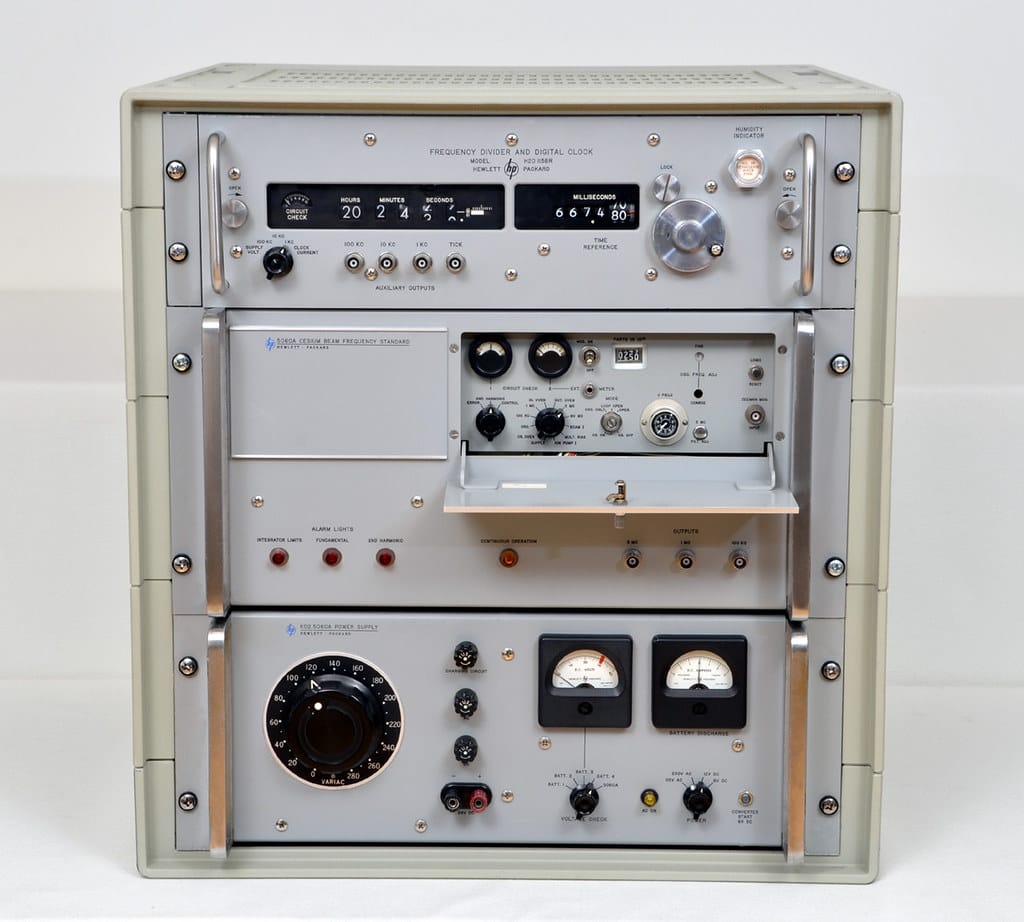NIST Scientists Achieve Time Perfection: New Ion Clock Won't Lose a Second for 40 Billion Years
The National Institute of Standards and Technology (NIST) has shattered the boundaries of precision timekeeping with their revolutionary aluminum ion optical clock, setting a new world record for accuracy that defies comprehension. This remarkable achievement represents more than just a laboratory milestone—it's a leap forward that could transform everything from GPS navigation to our understanding of fundamental physics.
Breaking the Barriers of Time
NIST's aluminum ion clock has achieved an unprecedented level of accuracy, with an uncertainty of just 9.4 × 10^-19. To put this mind-bending precision into perspective, this clock would neither gain nor lose a single second over a period spanning 40 billion years—roughly three times the age of the universe itself.
The previous record holder, also developed by NIST, was an optical lattice clock using strontium atoms. While that achievement was remarkable in its own right, the new aluminum ion clock represents a significant advancement in both accuracy and stability, pushing the boundaries of what scientists believed possible in precision timekeeping.
The Science Behind the Breakthrough
At the heart of this revolutionary timekeeper lies a single aluminum ion, trapped and isolated using electromagnetic fields in an ultra-high vacuum chamber. The ion is cooled to near absolute zero, where quantum effects become the dominant force governing its behavior.
The clock operates by measuring the frequency of light needed to cause the aluminum ion to transition between two specific energy levels. This transition occurs at an incredibly stable frequency, serving as the "tick" of the clock. The researchers use advanced laser systems to probe this transition with extraordinary precision, measuring frequencies to 19 decimal places.
The team, led by NIST physicists, employed sophisticated error correction techniques and environmental controls to achieve this level of accuracy. Every potential source of interference—from magnetic fields to temperature fluctuations—was meticulously eliminated or compensated for in the experimental setup.
Real-World Applications Beyond the Laboratory
While the concept of measuring time to such extreme precision might seem purely academic, the implications extend far beyond scientific curiosity. This breakthrough could revolutionize several critical technologies that rely on precise timing:
GPS and Navigation Systems: Current GPS satellites depend on atomic clocks for accuracy. The improved precision could enable navigation systems accurate to within centimeters rather than meters, opening possibilities for autonomous vehicles, precision agriculture, and advanced robotics.
Financial Networks: High-frequency trading and global financial transactions require precise time synchronization. Enhanced clock accuracy could improve the efficiency and security of these systems.
Fundamental Physics Research: These ultra-precise clocks serve as tools for testing Einstein's theories of relativity and searching for subtle variations in fundamental constants that could reveal new physics.
Detecting the Undetectable
One of the most intriguing applications involves using these clocks as incredibly sensitive detectors. The precision is so extraordinary that the clocks can detect gravitational effects predicted by Einstein's general relativity. As the clock moves through different gravitational fields—even at different elevations on Earth—time dilation effects become measurable.
This capability could enable new methods for detecting dark matter, measuring gravitational waves, or even creating a new type of geological survey that maps underground structures by detecting tiny variations in gravitational fields.
The Road Ahead
The achievement represents more than a single breakthrough—it's part of NIST's broader mission to redefine the fundamental standards of measurement. The international scientific community is working toward redefining the second itself based on optical atomic transitions rather than microwave transitions, and this aluminum ion clock brings that goal significantly closer.
NIST researchers are already exploring ways to make these ultra-precise clocks more portable and practical for real-world applications. While current systems require laboratory conditions, future versions might be miniaturized for deployment in spacecraft, mobile networks, or field research stations.
Conclusion: Time Redefined
The NIST aluminum ion clock represents a pinnacle of human precision engineering, achieving accuracy levels that seemed impossible just decades ago. This breakthrough doesn't just set a new record—it opens doors to technologies and discoveries we're only beginning to imagine.
As we stand on the threshold of an era where time itself becomes a tool for exploration and discovery, this achievement reminds us that the pursuit of precision isn't just about better clocks—it's about unlocking the fundamental secrets of our universe, one tick at a time.
